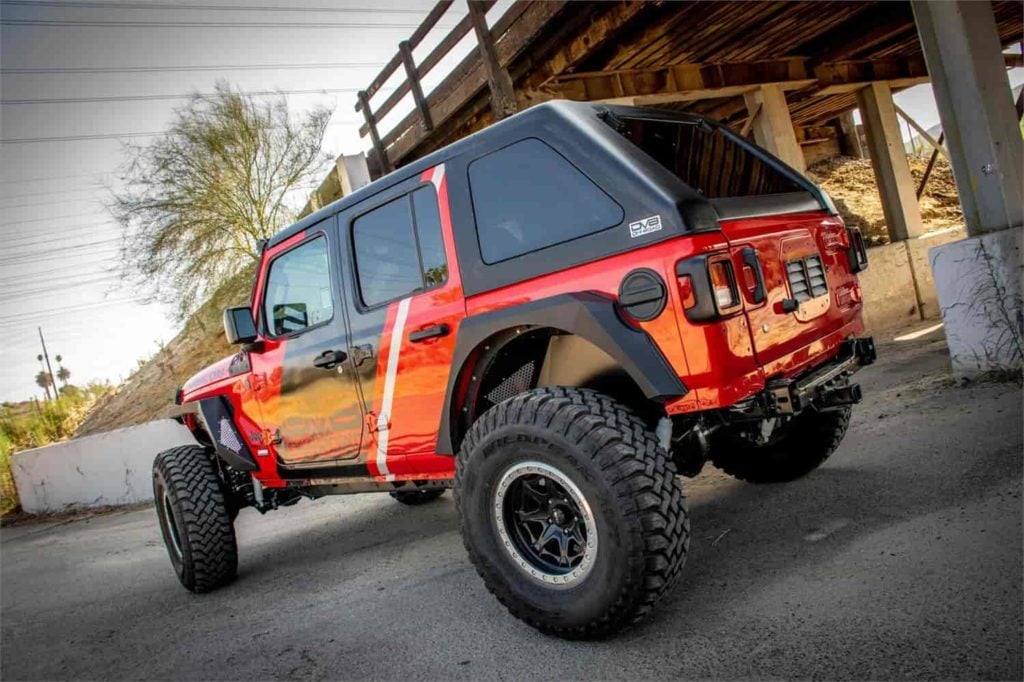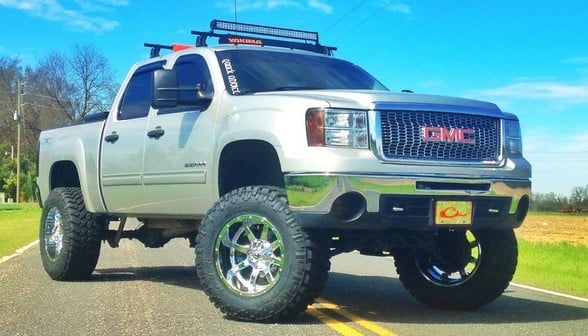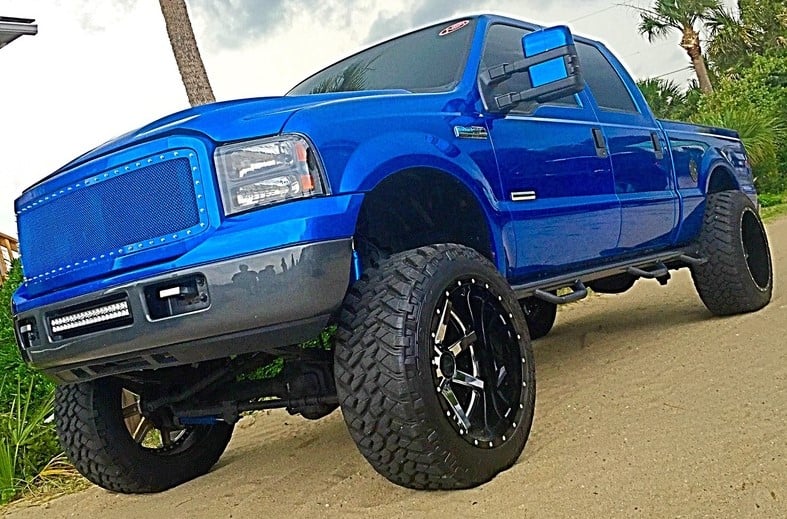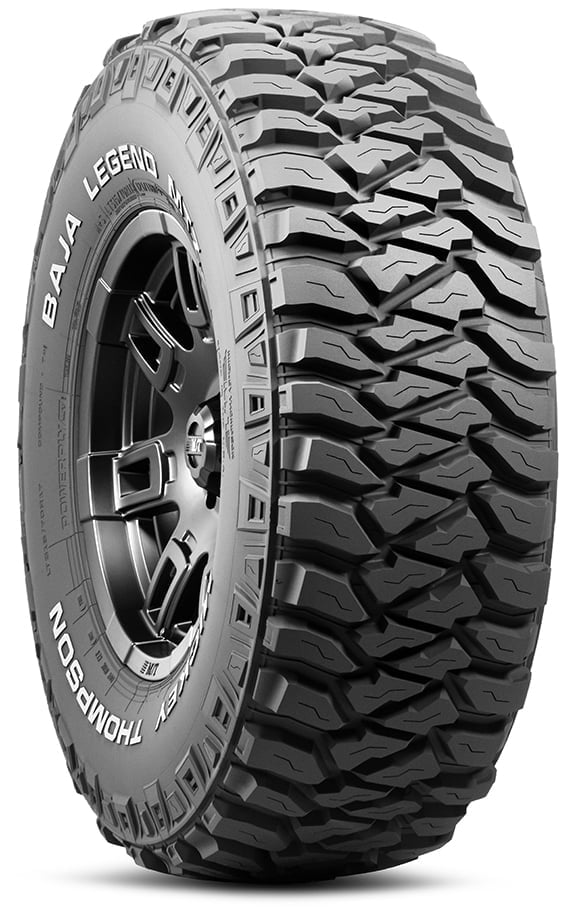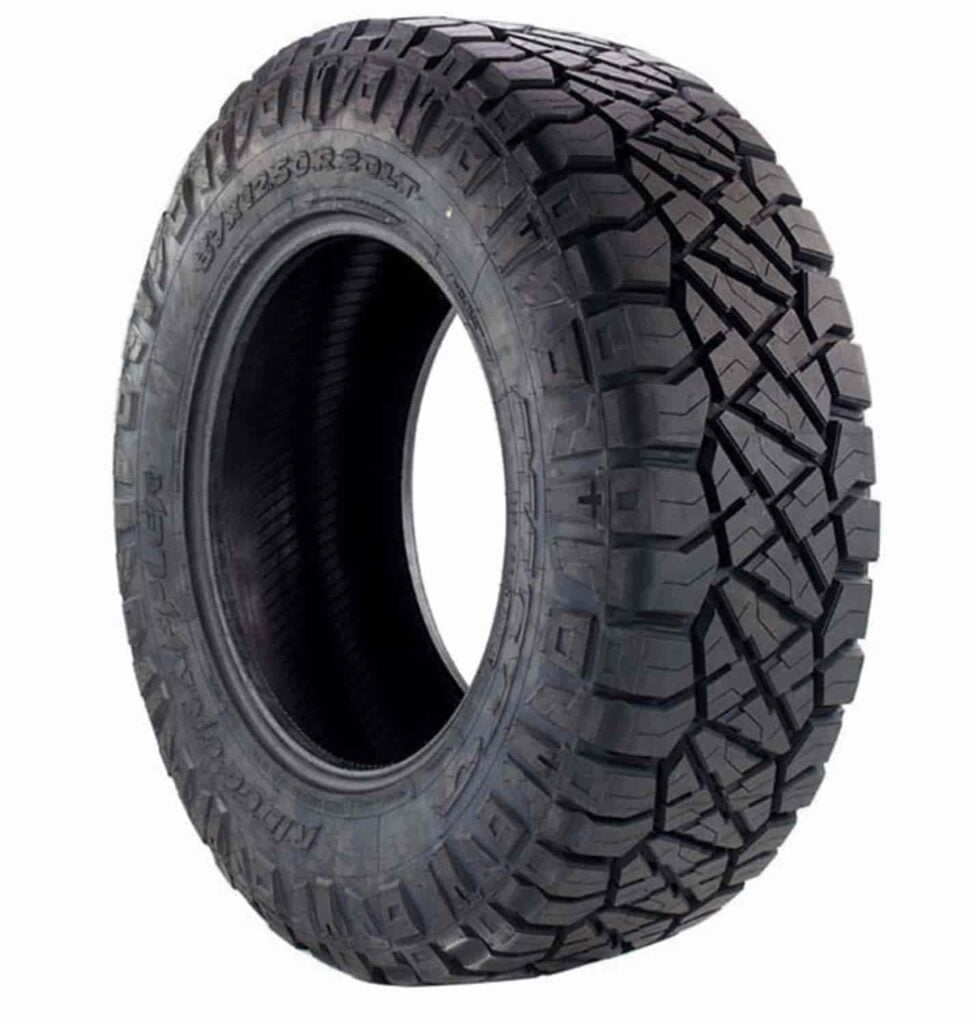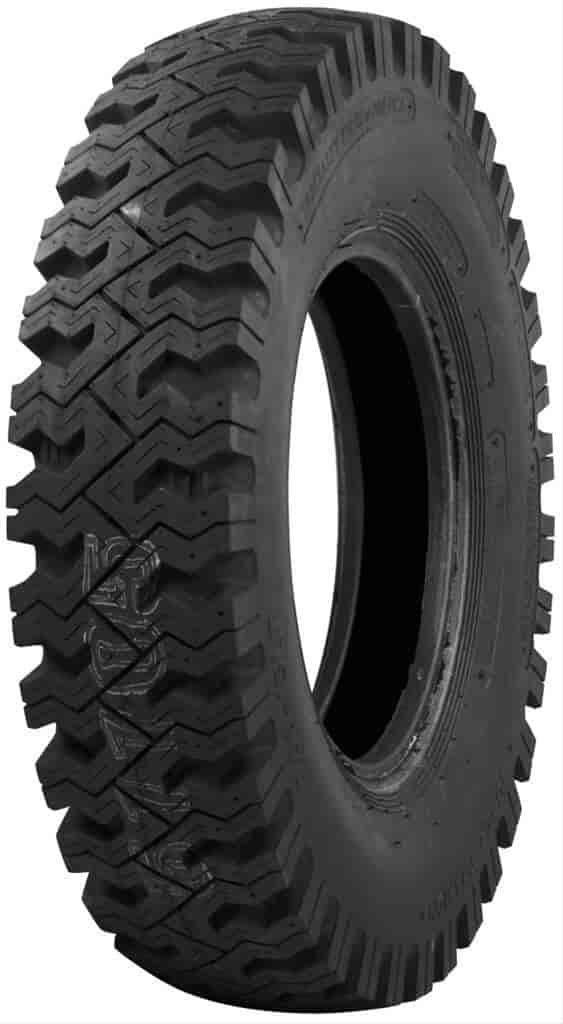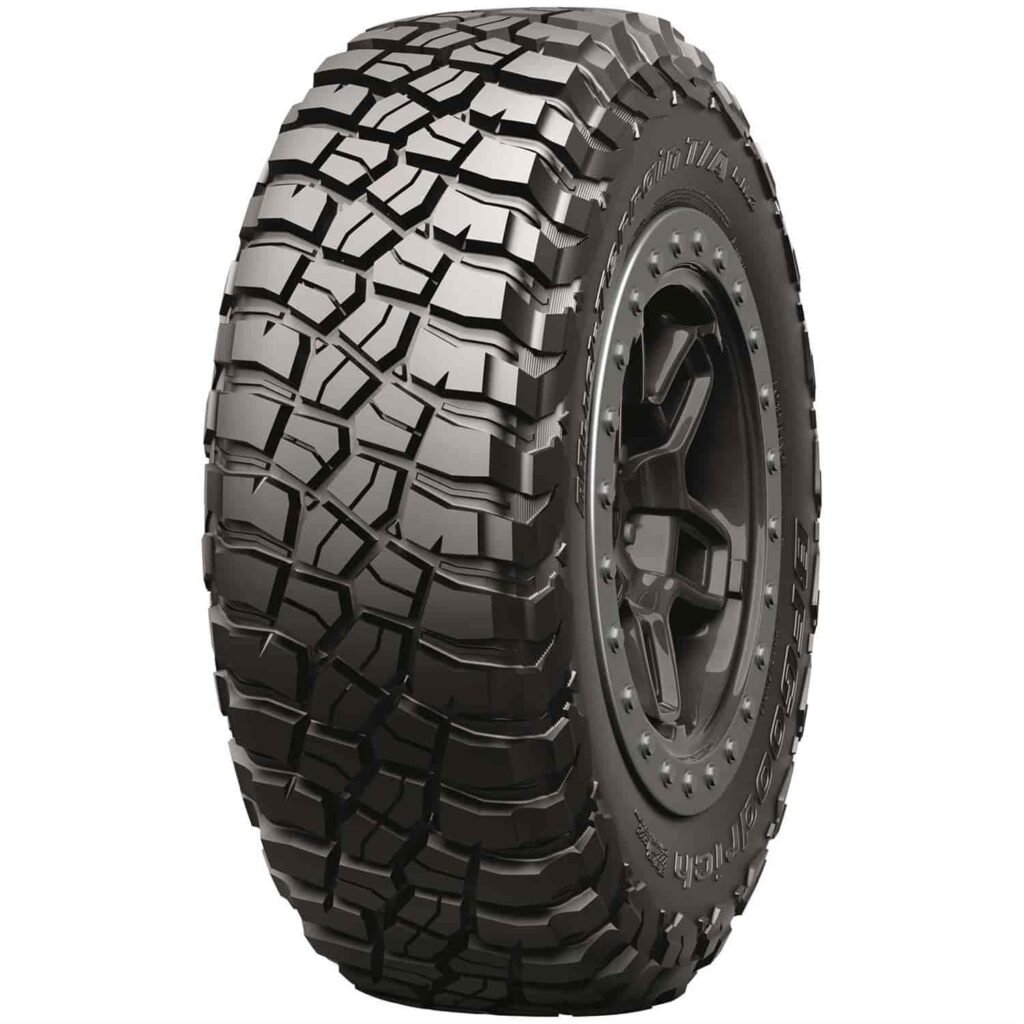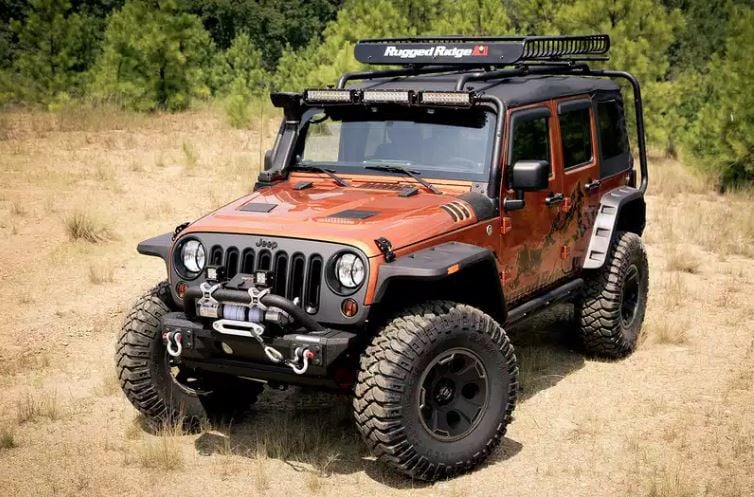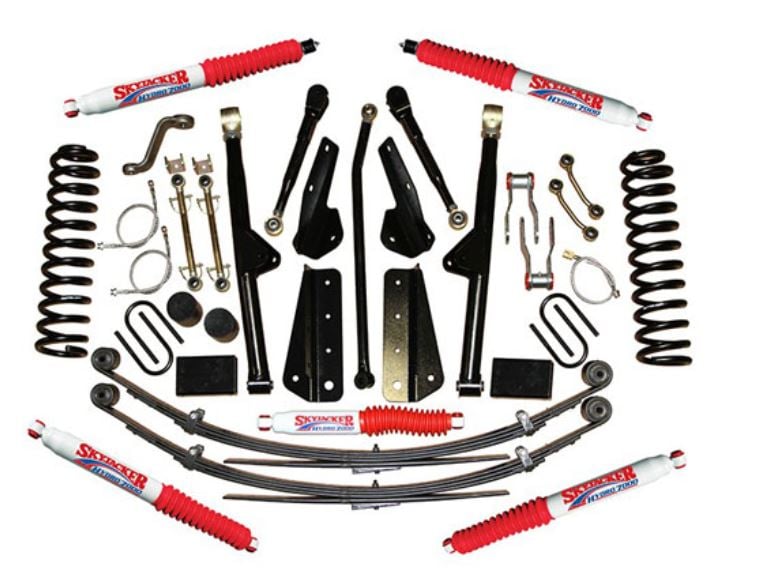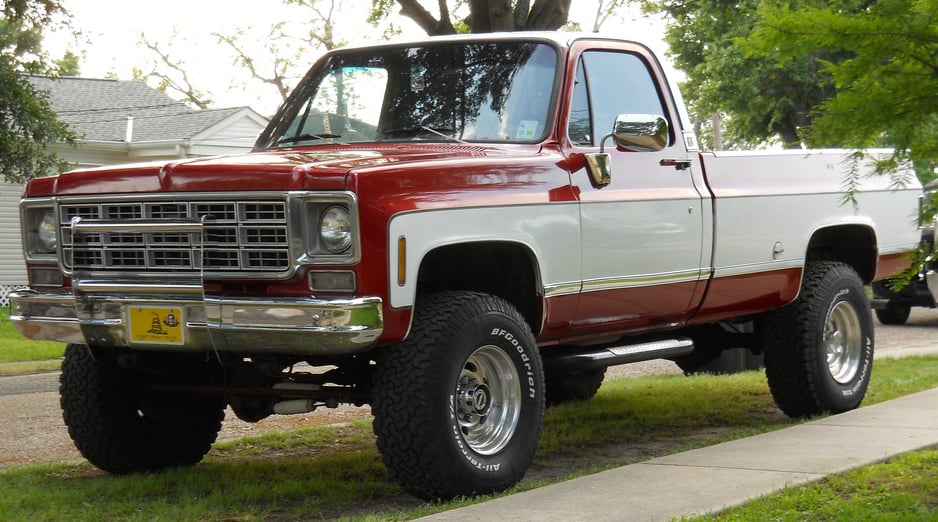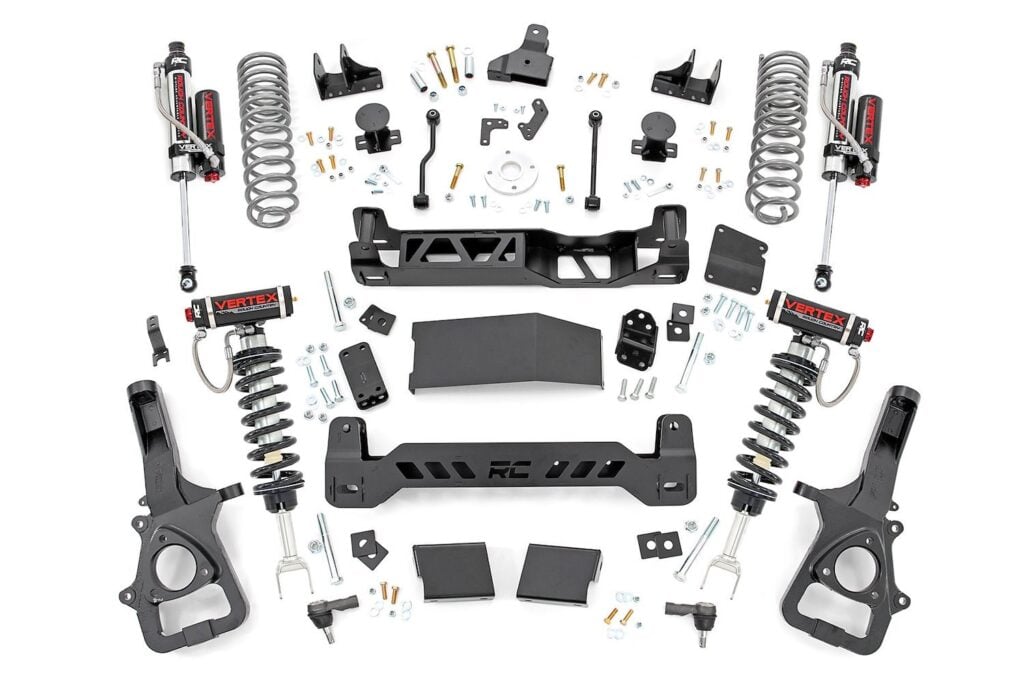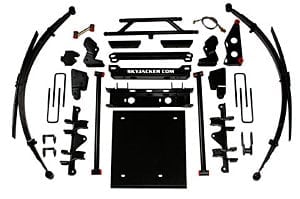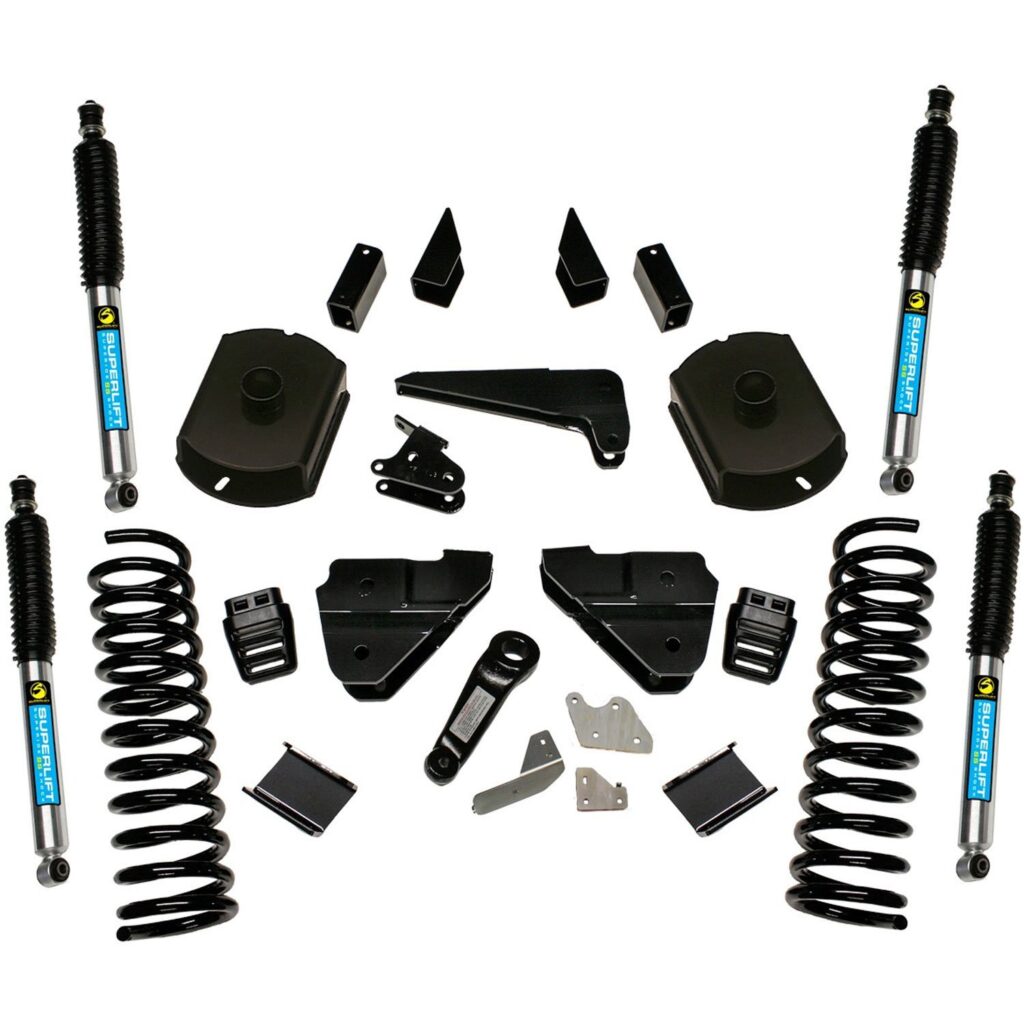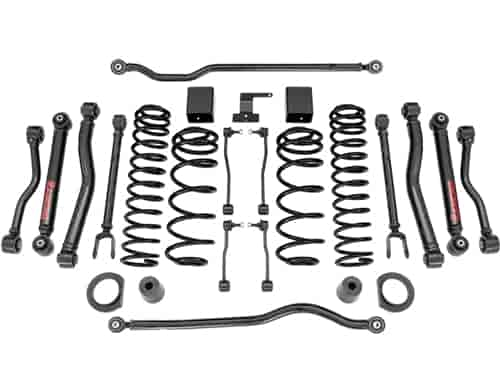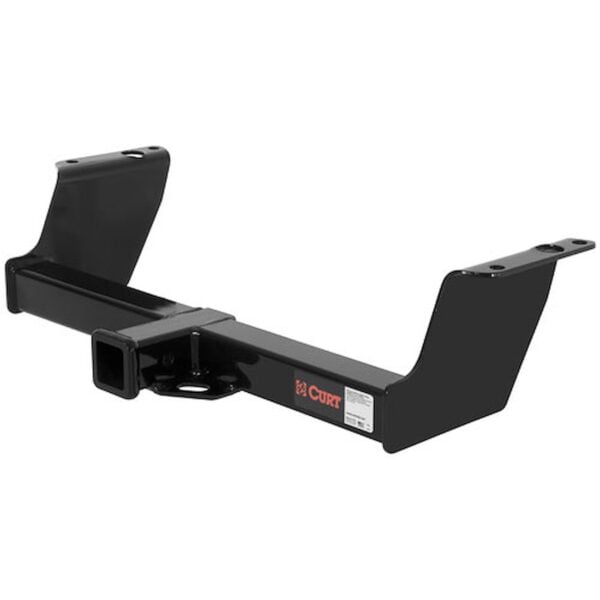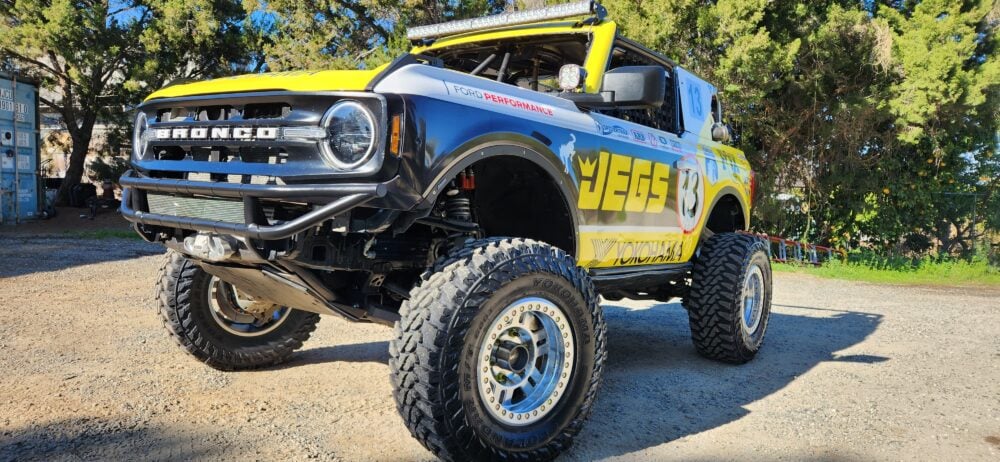As a Jeep or 4x4 truck/SUV owner, understanding the impact of tire size on your vehicle's performance is crucial. Whether you're considering upgrading to larger tires for off-roading adventures or simply curious about how tire size affects various aspects of your driving experience, this article will delve into the differences tire size can make. From speed and vehicle control to fuel economy and the need for lift kits, we'll explore the key considerations for optimizing your ride.
Tire & Wheel Impact On Speed
One of the most noticeable effects of changing tire size is its impact on speed. Larger tires result in a higher overall diameter, which effectively changes the gearing of your vehicle. This alteration can lead to a slower acceleration rate while reducing engine rpms at highway speed. Conversely, smaller tires can provide quicker acceleration while resulting in higher rpms at 60+ mph speeds. It's essential to strike a balance between desired performance characteristics and practicality when selecting tire sizes.
Vehicle Control
The relationship between tire size and vehicle control is multifaceted. While larger tires can offer enhanced traction and stability, especially when tackling rough terrain or navigating through mud and snow, they can also increase the strain on your vehicle's suspension and steering components. Additionally, larger tires may adversely affect ride quality, causing a harsher driving experience on paved roads. Conversely, smaller tires may offer better maneuverability and a smoother ride, albeit with potentially reduced off-road capability.
Fuel Economy
The correlation between tire size and fuel economy is a critical consideration for many Jeep and 4x4 owners. Larger tires typically result in decreased fuel efficiency due to increased rolling resistance and higher rotational mass. This additional strain on the engine can lead to higher fuel consumption, especially during city driving or highway cruising. Conversely, smaller tires may improve fuel economy by reducing rolling resistance, although the impact may be marginal.
Will You Need A Lift Kit?
One common question among enthusiasts considering larger tires is whether a lift kit is necessary. While upgrading to bigger rims and tires can enhance ground clearance and off-road capability, it may also lead to clearance issues with your vehicle's fenders and suspension components. In such cases, a lift kit becomes essential to accommodate the larger tire size and prevent rubbing or bottoming out. Additionally, a lift kit can provide additional space for articulation, allowing for more aggressive off-road maneuvers without compromising stability.
The difference tire size makes on your Jeep or 4x4 truck/SUV is substantial and multifaceted. From its impact on speed and vehicle control to fuel economy and the necessity of lift kits, choosing the right tire size requires careful consideration of your driving needs and preferences. By understanding the pros and cons of bigger rims and tires, as well as their effects on various aspects of performance, you can make informed decisions to optimize your vehicle's capabilities for both on-road and off-road adventures. Whether you prioritize enhanced off-road prowess or improved on-road comfort, finding the perfect tire size balance is key to unlocking the full potential of your vehicle.
